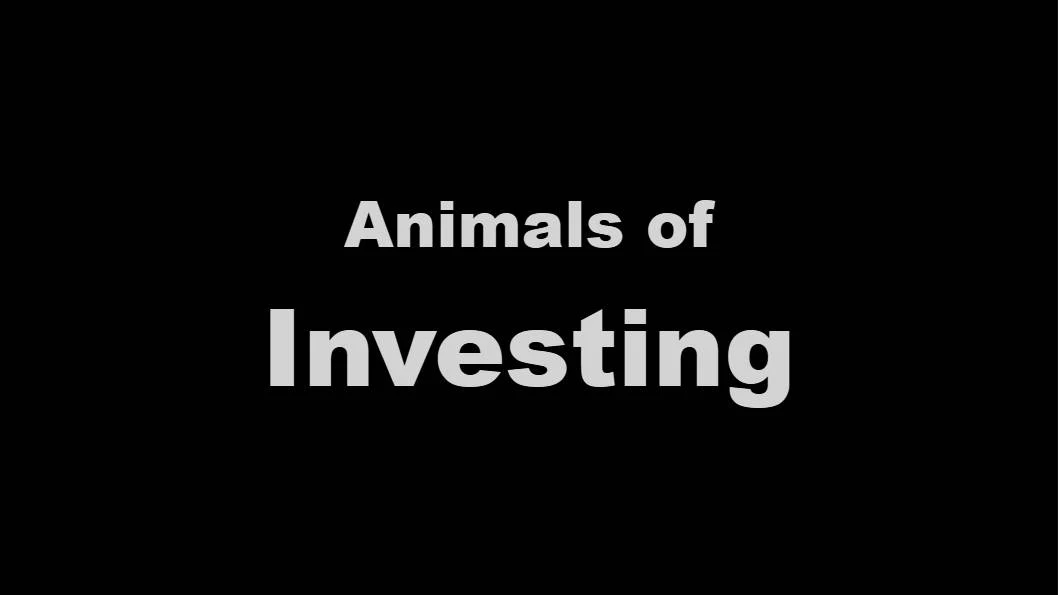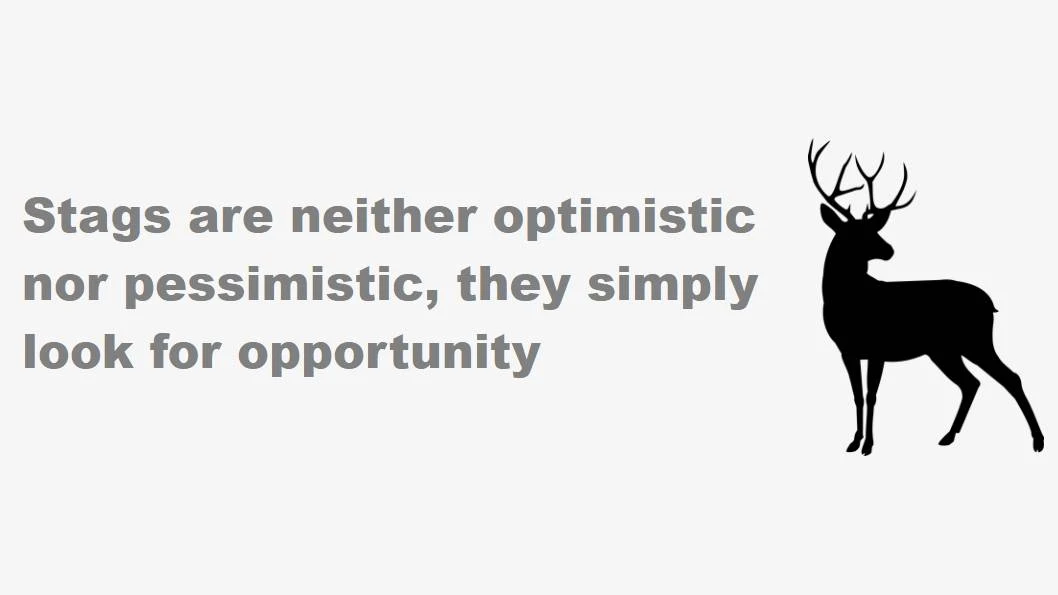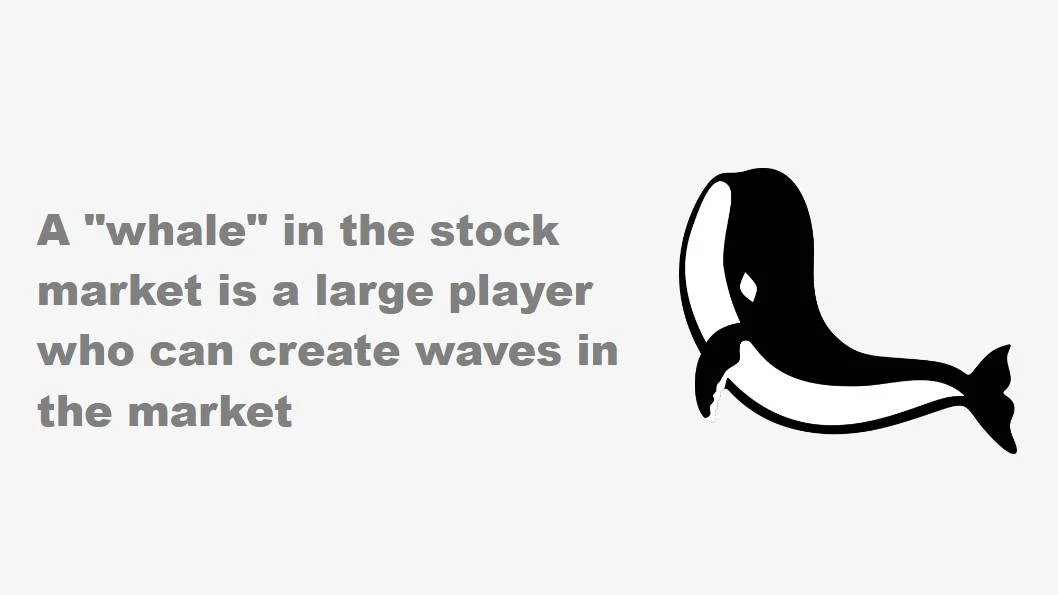What Animal Kingdom Can Teach Us About Stocks

Have you ever wondered what an animal in finance means?
Stock market investors can easily identify with bulls and bears when it comes to wildlife. But there are other creatures in the stock market jungle.
Since the beginning of the market, references to bulls, bears, and other Wall Street animals have existed.
Most stock market investors understand what bulls and bears mean. Some may even understand what a dead cat bounce means, but there are other animals in the investing world as well. We investigate some of these creatures' financial characteristics. Which of these describe you? Find it.
The Bull – The Optimistic

- The bull is the first and most well-known of all stock market animals. A bull is the most visible and optimistic animal in the stock market.
- A bull attacks by thrusting its horns upwards, so a 'bull market' occurs when the price of stock market shares rises.
- The bull represents investors who are bullish on the stock market's future prospects and believe it is on an upward trend.
- Investors can be bullish on specific stocks, sectors, or the market as a whole. A bull run is a long-term upward trend.
For example, the ongoing bull market in US stocks began in early 2009, according to benchmarks such as the S&P 500 Index.
The Bear – The Pessimistic

- Bears are the exact opposite of bulls. They are bearish on the stock market and believe that prices will fall.
- A bear market is typically defined as a drop of 20% or more.
- Short selling allows bear investors to profit from a drop in stock prices by targeting vulnerable securities.
- Remember that a stock market crash and a bull market are not the same thing.
- The distinction between the two is based on speed (how quickly the declines occur) and length (how long they last).
Stock market crashes are quick and short, whereas bear markets are slow and prolonged. Those two do not always occur in the same decline.
The most well-known example of a bear market is the Great Depression. Another example of a bearish run is the 2007 housing crisis.
The Stag – The Opportunistic

- This type of investors or traders are not really interested about a bull or bear market. They simply look for opportunities. They are neither optimistic nor pessimistic.
- They have a large amount of liquid capital and are known to be able to turn a bearish market into a bullish one and vice versa.
- Stags, for example, can be traders who buy shares in a company's initial public offering (IPO) and sell them as soon as the stock is listed and trading begins.
- Stags are the opposite of a profitable long-term investment strategy.
The Lame Duck

- An investor who is in debt and unable to pay their current obligations is referred to as a "lame-duck." Investors who have filed for bankruptcy are frequently referred to as "lame ducks."
- A Lame Duck is a defaulter who can't maintain his promises.
- A margin call in the present day could be used as an example of a lame duck.
The Sheep

- Sheep are known for their herd mentality, and an investor with a similar mindset is referred to as a sheep.
- Sheep investors blindly follow investment advisers, SMS tips, TV anchors, and other financial gurus without first determining whether the investment is suitable for them.
- They are typically the last to enter an uptrend and the last to exit a downtrend.
- Sheep investors don't have any specific strategies in mind.
- Investors who blindly follow podcasters or YouTubers for investment advice are a prime example of this. Many times, these recommendations are not genuine, and they can be extremely costly.
The Pig

- Pigs are typically greedy, high-risk investors seeking maximum returns in a short period of time.
- They are known to be impatient and will take any risk in order to make quick money.
- The Pigs don't do any analysis and are always on the lookout for hot tips and quick money in the stock market.
- Often, investors who make a lot of money on their first bets become greedy and unrealistic.
- "Bulls make money, bears make money, and pigs get slaughtered," as the wise old stock market saying goes.
- If a security earns a high return, the pig will continue to reinvest, even if it means borrowing money on margin or mortgaging assets.
Consider the following scenario: you have made a profit in the long run, but you have decided to stay invested for a longer period of time in the hope of making even more profit. This will turn you into a pig investor. Here, you can either win big or lose all of your money.
The Chicken

- You've probably heard the phrase "to chicken out." To chicken out of a situation means to be fearful of it. Similarly, the Chicken are investors who are constantly afraid of the stock market.
- They typically invest in conservative instruments with low risk, such as bank fixed deposits, bonds, and government securities.
- They are inspired to the market by tips after a large bull run and panic when stock prices become volatile.
- They are convinced about sticking with their current portfolio and making no changes. Chickens usually lose more than they gain due to their uncertain reactions.
For example, many investors sell all of their stocks the moment the graph turns red. This will have an impact on their investments and limit the potential of the investments they have.
The Rabbit

- Rabbits are known for their quickness and impulsiveness. Investors who exhibit a similar trait buy shares for very short periods of time, ranging from a few weeks to intra-day buying and selling.
- They are typically intraday traders or scalpers looking to find a quick profit.
- They do not want overnight (or long-term) risk and are only interested in making a quick buck in the market during the day.
Consider the following scenario: you purchased stock in a specific company at 10.30 a.m. You purchased this stock because you believe it will rise in value over time. The stock rose as predicted, and you sold it for a profit around 12.30 p.m. the same day. This is a view of a rabbit investor.
The Turtle

- Turtles are the exact opposite of rabbits. They are known for their slow but steady pace.
- Turtle investors are typically those who buy slowly, sell slowly, and trade for the long term.
- They are unworried about short-term price fluctuations in the market.
- Tortoises win in the long run, but they can earn higher returns if they are more active.
Assume you purchased stock in an FMCG company expecting long-term growth. The stock dropped immediately after you purchased it. It remained in a bearish trend for some time, but you believed in the company's potential and stayed invested for a longer period of time. A turtle investor approaches the stock market in this manner.
The Ostrich

- Ostriches are known to have a distinct personality. When bad times come knocking, an ostrich is known for burying its head in the sand. As a result, investors who choose to ignore poor market conditions are compared to ostriches.
- Investors who act like ostriches ignore bad news in the hope that it will go away.
- Naturally, your investment could suffer if you were blindsided by your belief.
The Dog

- Man’s best friend? Not on Wall Street. "Dogs" are stocks that are considered poor performers or underperformers in comparison to their industry peers or the broader market.
- In a larger market, dogs are smaller stocks. Dogs are stocks that have been punished by the market for poor performance.
- Smaller pharmaceutical, IT, and consumer companies that are currently underperforming are ideal examples of this.
Dogs of the Dow

- Dogs of the Dow is an investment activity that aims to outperform the Dow Jones Industrial Average (DJIA) by purchasing the stocks with the highest dividend yields each year.
- This idea was first presented by Michael O'Higgins in his book "Beating the Dow," where he also coined the term "Dogs of the Dow."
The Wolf

- Wolves are wealthy investors/traders who use unethical methods to profit from the stock market.
- You may have seen the film 'Wolf of Wall Street.' It is the story of American stockbroker Jordan Belfort, who pleaded guilty to stock market scams, and wolves are investors just like that.
- A wolf market is a term used to describe the actions of several people working together to manipulate the market. For example, a group of investors may use "wolf hunting" tactics to drive a company's stock down by selling it short.
The Whale

- These are large institutional investors with money and influence, not individuals. If you trade alongside the right whale, you can make a lot of money.
- Whale commands are most commonly associated with hedge funds.
- Whales like FIIs and domestic institutional investors move slowly, but their mega-sized transactions have the potential to shift market sentiment.
- Small investors should keep an eye on what the whales are doing to determine where the markets are headed.
The Shark

- It's a term that highlights the competitive and sometimes predatory nature of trading in financial markets.
- Investors should avoid sharks. They manipulate stock prices by trading among themselves, and when the prices reach a certain level, they dump the stocks on retail investors and disappear.
- The sharks are uncomfortable in large, complicated methods of profiting from the market. They enter trades, make money, and then exit the stock market.
Hawk

- Hawks are typically the policymakers who support maintaining high interest rates in order to control inflation by limiting the amount of money in the economy.
- Before investing, Hawk believes in conducting a thorough evaluation of all relevant factors.
- It represents the Hawk's ability to target its prey after analyzing the environment and catching it.
Dove

- Dove represents the calm, passive nature of the financial market.
- Doves represent investors who favour loosening monetary policy by lowering interest rates.
- Exactly opposite the Hawk.
Snails

-
Some investors are happy with extremely low returns. They will invest in traditional life insurance policies with low yields or in bank deposits. Some people even leave their money idle in a savings account. Snails are unaware that their money is losing value due to inflation.
Dead Cat bounce

- It comes from the explanation that if you throw a dead cat at high speed against a wall, it will bounce - but it is still dead.
- A short-lived rising trend of a stock or market that was bearish for a considerable amount of time is known as a dead cat bounce. The stock typically resumes its downward track after the bounce.
Unicorn

- A unicorn is, of course, a magical creature, so it's no surprise that this name has been awarded on startups that have grown in value from nothing to at least $1 billion USD.
- Aileen Lee, a venture capitalist, coined the phrase in 2013. Famous unicorns include Airbnb, Facebook, and SpaceX, and while the term has gained currency, the number of true unicorns remains in the hundreds at the time of writing.
- A unicorn bubble occurs when venture capitalists or investors overvalue a company, which can happen during its private phase or at the time of its initial public offering.